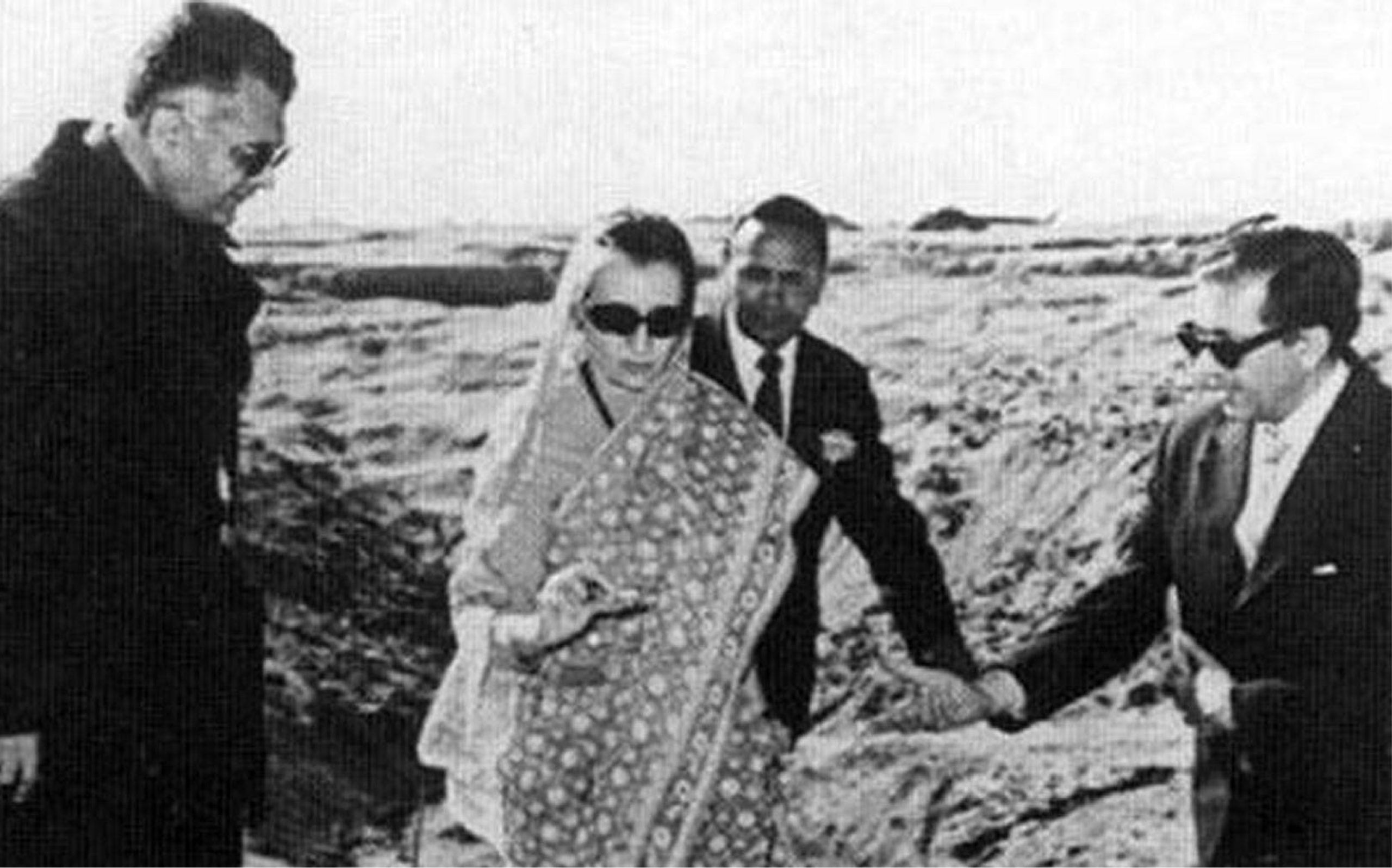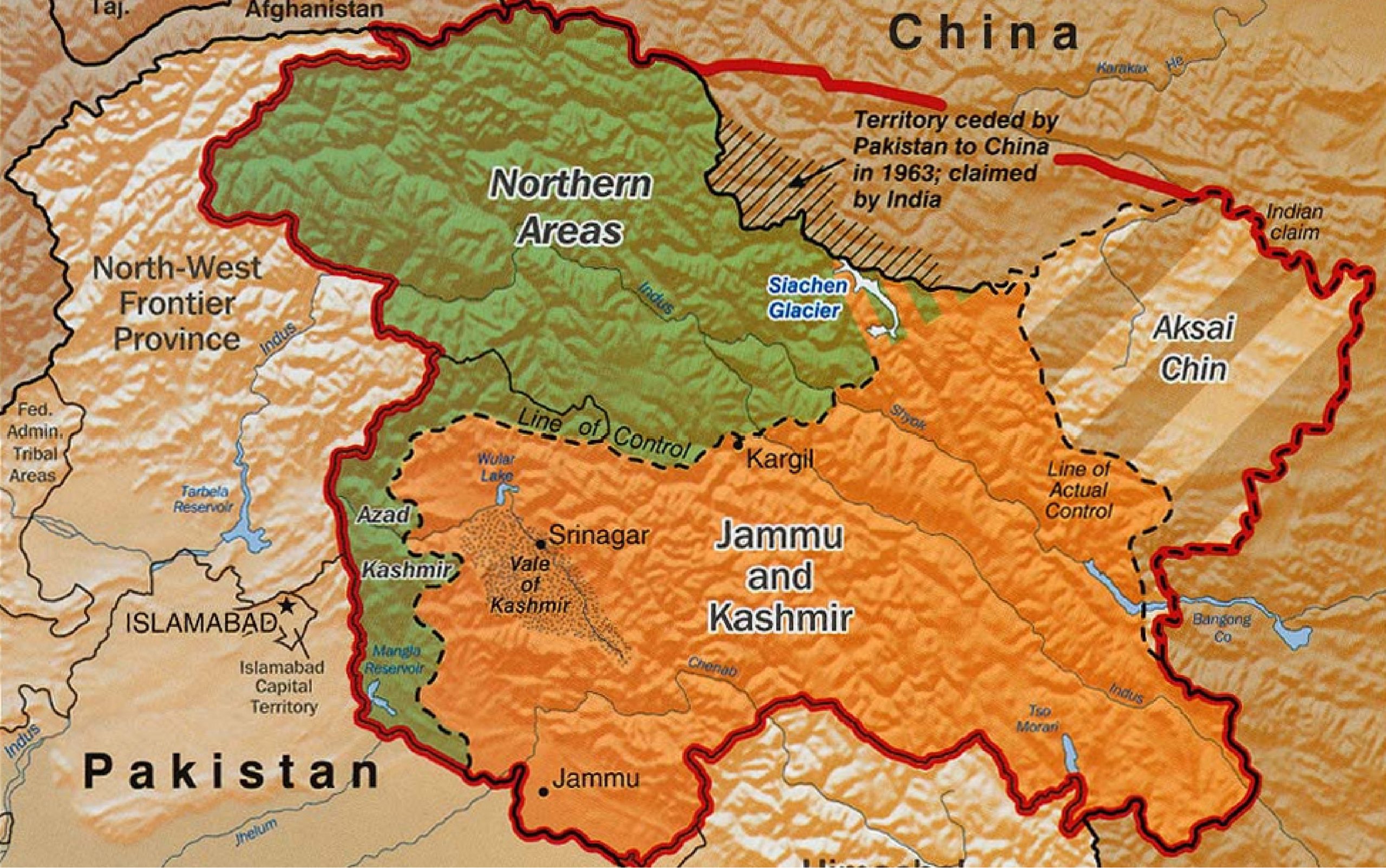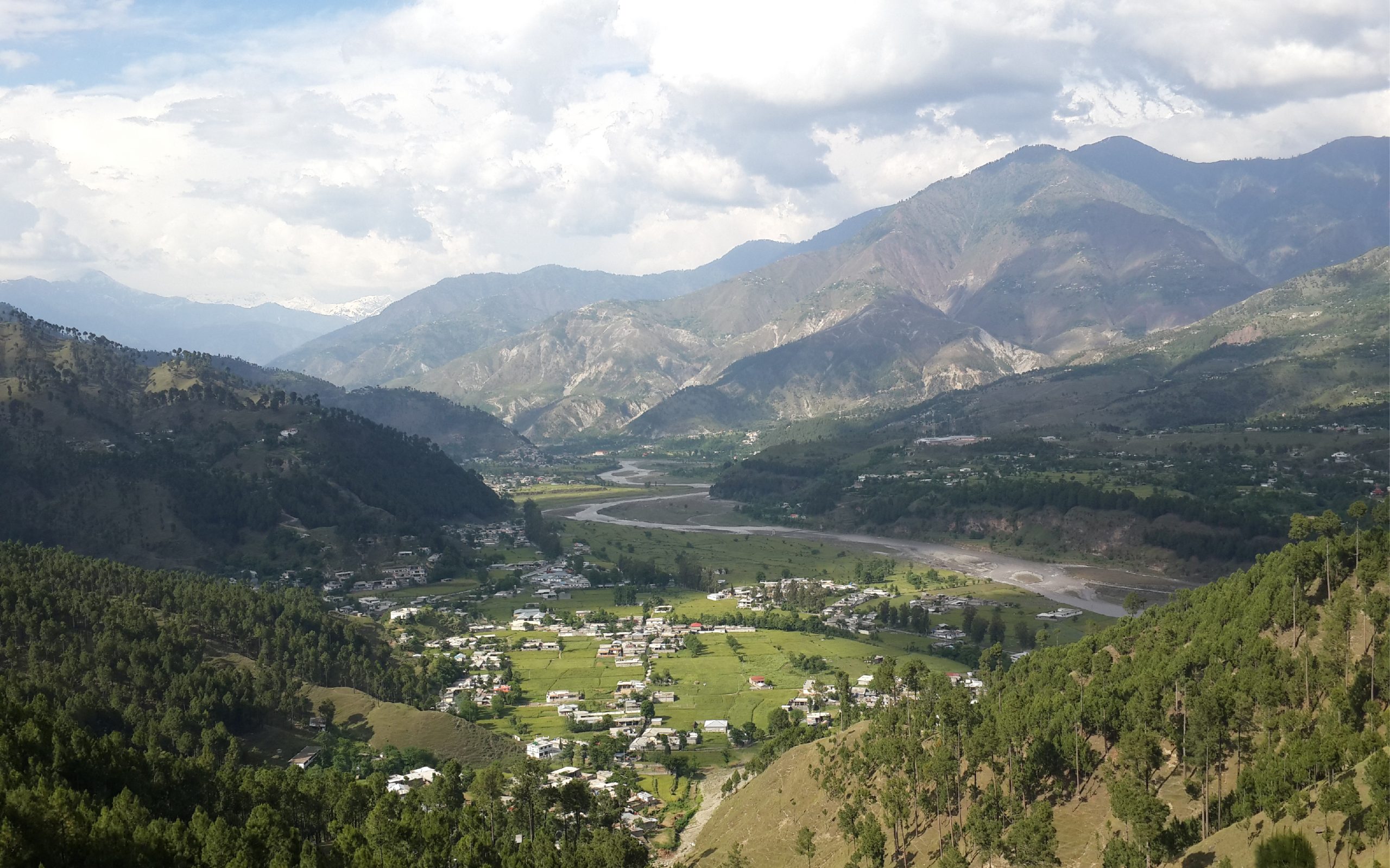“Smiling Buddha” Ushered India into the Nuclear Age
46 years ago this week, on May 18, 1974, India conducted its first nuclear test. Though it was characterized by India’s Ministry of External Affairs as a “peaceful nuclear explosion,” the test, known as Pokhran-1, or Smiling Buddha, marked India’s new status as the seventh country to develop its own nuclear weapon.

India came relatively late to the club of nuclear weapons countries, conducting its first test six years after the Nuclear Non-Proliferation Treaty sanctioned the possession of the five states that had already developed nuclear weapons. But the roots of its nuclear program are only slightly less deep than those of the United States, the Soviet Union, the United Kingdom, France, and China. Nuclear research began with the founding of Mumbai’s Tata Institute of Fundamental Research in 1945, before the end of the Second World War. Homi J. Bhabha, a physicist who is remembered as the father of the Indian nuclear program and helped found the Institute, was educated at the University of Cambridge before World War II and also studied with Nobel Prize-winning physicist Niels Bohr, later a member of the U.S. Manhattan Project.
The decision to develop nuclear weapons in the early 1960s reflects India’s experience as a large non-nuclear country in a world where nuclear weapons had recently become a guarantor of international status and power. The 1962 Sino-Indian War changed India’s expectations of its powerful allies, most of all the United States and the Soviet Union who were both focused at the time on managing the Cuban Missile Crisis. The war resulted in China taking over the Aksai Chin region of South Asia, which remains a disputed territory today.

China’s first nuclear test in 1964 contributed to India’s growing sense of national insecurity, as did the 1965 war between India and Pakistan. Work on weapons design, along with a campaign to sway Indian public opinion in favor of developing a nuclear weapon, began in 1965. The Soviet Union’s use of a nuclear-armed submarine to defend India from U.S.-supported Pakistan during the Indo-Pakistani War of 1971 finally set the stage for bomb production and testing.
In 1974, after nearly a decade of development, the Smiling Buddha test was carried out on May 18 — the same day celebrated as the Buddha’s birthday that year. The test met with approval at home, but the world at large was alarmed to find that another country had joined the nuclear club. The formation of the Nuclear Suppliers Group, an international organization that controls exports of nuclear material and technology in an attempt to prevent proliferation, was one lasting consequence of India’s first nuclear test.

Even in its barest outlines, the story of India’s nuclear weapons program highlights the fatal contradiction that underlies nuclear politics: though nuclear weapons are prized by states that have them — and those that want them — as the ultimate guarantor of security and prestige, every country, and every person, is threatened by their existence. Then Indian Prime Minister Jawaharlal Nehru acknowledged as much in his 1946 statement on the prospect of an Indian nuclear weapon:
“As long as the world is constituted as it is, every country will have to devise and use the latest devices for its protection. I have no doubt India will develop her scientific researches and I hope Indian scientists will use the atomic force for constructive purposes. But if India is threatened, she will inevitably try to defend herself by all means at her disposal.”
Pakistan’s first nuclear test in May 1998 thrust the longstanding conflict between the two countries to center stage in the region, raising the stakes in the decades-long conflict over Kashmir. The conflict most recently came to a head in February of 2019, when India dropped conventional bombs on Pakistan’s territory in retaliation for a terrorist attack carried out in India-claimed Kashmir. With each country in possession of roughly 150 nuclear weapons, South Asia has become arguably the most worrisome nuclear flashpoint — these clashes over historical disputes risk quick escalation to nuclear use.
Nuclear-armed states must all acknowledge the reality that nuclear weapons perpetuate international instability, leaving the world forever on the brink of a human-made disaster. It’s up to nuclear weapons countries to reject this false sense of security and make good on commitments to nonproliferation and disarmament by pursuing the total elimination of nuclear weapons.